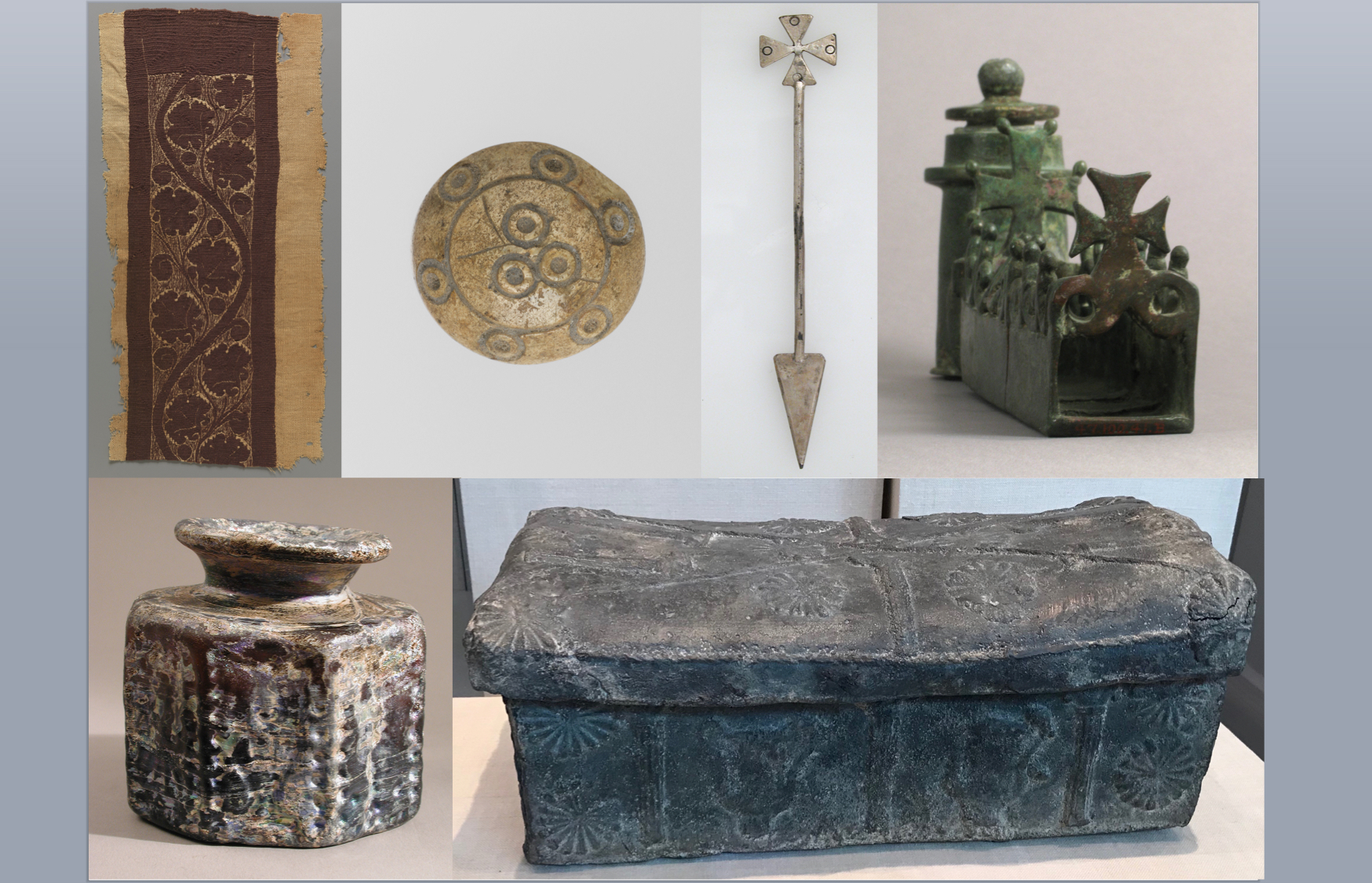Welcome to the project site for Devastating Beauty, an exploration of Roman art and its impacts on the environment, flora, fauna, and human health. The project will result in a book and a digital exhibition of high-resolution images and 3D visualizations, supported by pop-up metadata, linked analytical and interpretative essays, and by links to stable external web sites, papers and images. As we research the book and develop the exhibition, we are delighted to share these project materials: images, blog posts (including results of ongoing research, object and materials analysis), news of public lectures, and developing case studies.
Things
The exhibition is composed of man-made things rather than objects. Things exist independently of our comprehension of them. Things have agency, they talk for themselves if we are able to listen. These things have existed since antiquity and have affected their world ever since in ways we can now begin to investigate. Because the exhibition is digital (using 3D visualizations embedded in a Scalar framework), ancient things are able to interact with each other in entirely new ways. The exhibition viewer will be able to make her own connections between things and follow multiple learning pathways.
Materials
The exhibition organizes things by material – which is to say, by the natural resources exploited for each thing’s production. Wood, from felled and living trees, was burnt to process many of the other materials, but also worked to produce a vast range of items. Plants were harvested to produce textiles, dyes, paper, derived from plants. Minerals and ores were mined and smelted to produce metals, such as copper, lead and silver, produced massive and widespread lead pollution. Stone, including marbles, was quarried, clay extracted for ceramics and other vessels, and sand melted to manufacture glass. Creatures great and small, marine and mundane, were sacrificed for the production of dyes, their deaths witnessed at games, their bones carved to give pleasure. Water, the first thing but the last we shall study, was given form by many of the others. Many of the things exhibited have undergone materials analysis, their materiality explored scientifically. The results will be presented and interpreted, as in this case study.
Contact and Thanks
The things studied here are held are held in major research collections in the USA and the UK, notably at the Metropolitan Museum of Art in New York, Dumbarton Oaks (Trustees for Harvard University), and the Princeton University Art Museum. Case study 1 is based on analyses conducted at The Collection, Lincoln, and the British Museum, London. It was presented in a public lecture at NYU’s IFA. Case study 2 is based on analysis conducted at the Met and was presented in a public lecture at Dumbarton Oaks. The author acknowledges with profound gratitude the support offered by those institutions (in the form of fellowships, access to materials, the help of curators and staff) and for permission to reproduce images and publish research conducted on their collections. For information on the project please contact the author via this academia.edu webpage.
Blog
Updates on progress will appear here, alongside posts on research underway or completed.
Hiatus
This blog is currently paused. We hope to secure more research funding to continue the project and start writing again.
Enslaved American Silversmiths?
The use of slaves in making has attracted careful attention from scholars of North American material culture, for example Catherine Bishir’s Crafting Lives (2013), and Glenn Adamson’s Craft: An American History (2021). We also have decades of fine scholarship on the use of enslaved West African ironworkers in colonial North America. The importance of enslaved …
Making a Silver Pot
In our last post, we were introduced by St. Augustine to the practices of fourth- and fifth-century Roman silversmiths. Augustine compares argentarii to pagan gods, who are all great at one thing. He would have preferred a single perfect artisan, competent in all areas. Let us now consider the production of a single object, created …
